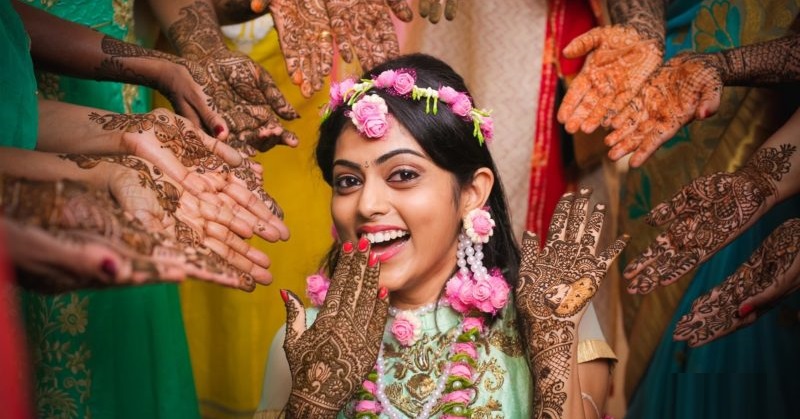
Celebrated by the Bride’s family during her marriage, the Mehndi ceremony is an amusing ritual observance that derives the origin from traditional Indian customs. In the ceremony Mehndi is put in the hands and feet of the bride, in beautiful and intricate designs especially done with the help of an expert. Mehndi mainly consists of henna paste.
Mehndi history
Henna (Mehndi) is a dye prepared from the plant Lawsonia inermis, also known as the Henna tree, the Mignonette tree, and the Egyptian privet. The English name Henna comes from Arabic. It is also known as Mehndi in the Indian subcontinent, derived from the Sanskrit word ‘mendhika’. Mehndi is also considered as one of the oldest form of body art. Henna can also refer to the temporary body art resulting from the staining of the skin from the dyes. Henna has been used since antiquity to dye skin, hair and fingernails.
ADVERTISEMENT
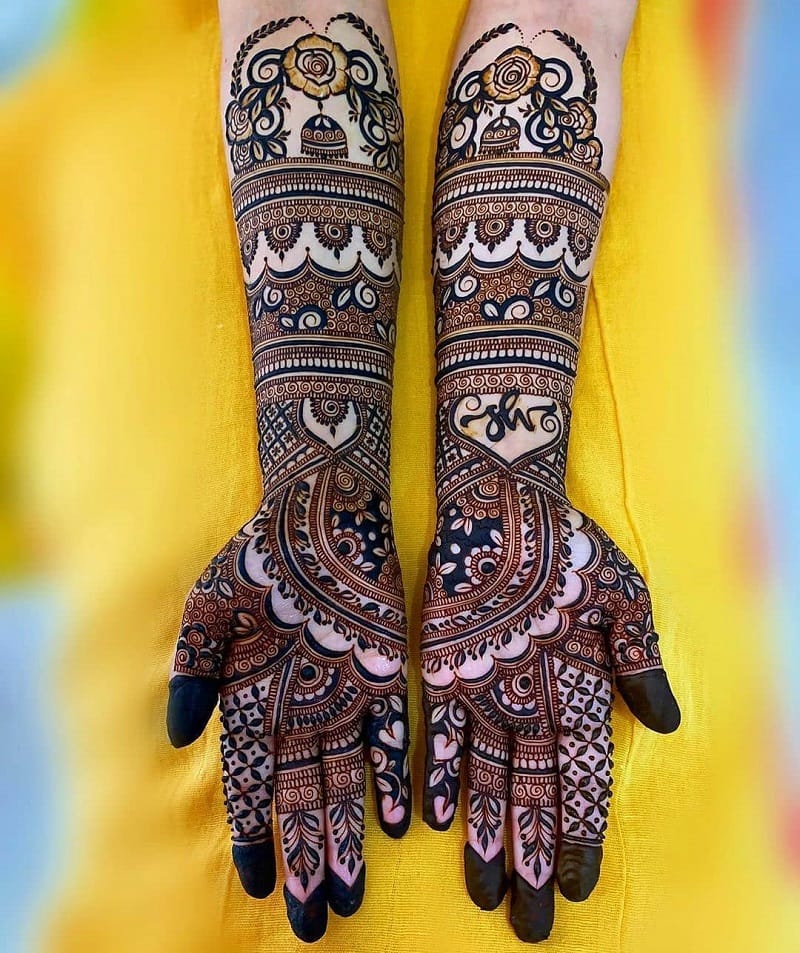
Origin of Mehndi
It is believed that Henna originated in the deserts of India when the people living there discovered that covering their hands and feet with colored paste from Henna plant helped them to feel cooler. It wasn’t long until a creative individual began making intricate designs with the colored paste instead of just smearing it on. The complexity of mehndi design grew and began to take on meaning. Eventually brides began to decorate their feet and hands with henna as part of their wedding rituals.
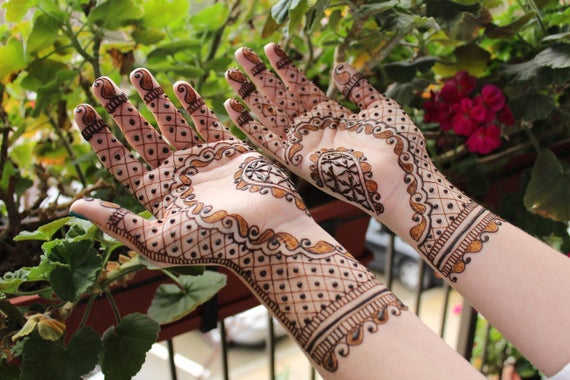
Preparation and application of Mehndi
Dried Henna leaves stains the skin when mashed into a paste. The ‘lawsone’ molecules gradually migrate from the henna paste into the outer layer of the skin and binds to the proteins in it, creating a stain.
Since it is difficult to form intricate patterns from coarsely crushed leaves, henna is commonly traded as a powder made by drying, milling and sifting the leaves. The dry powder is mixed with one of a number of liquids, including water, lemon juice, strong tea and other ingredients, depending on the tradition. Many artists use sugar or molasses in the paste to improve consistency to keep it stuck to the skin better.
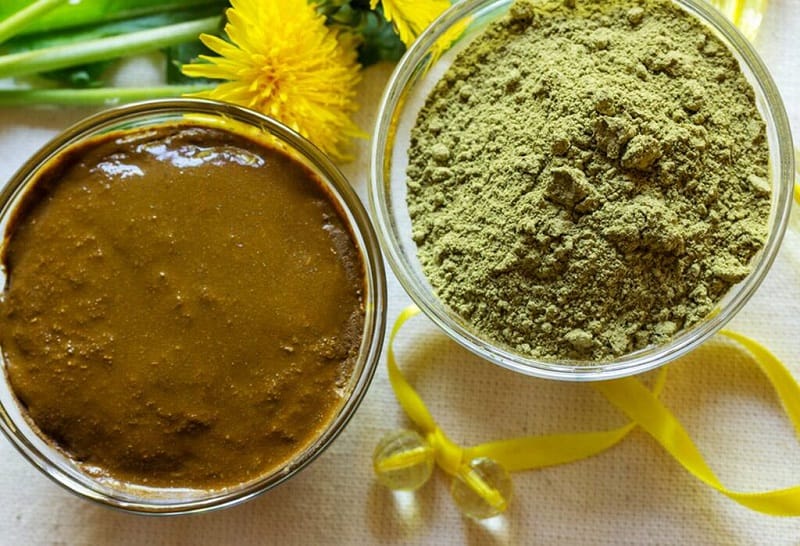
Significance of Mehndi ceremony
The entire ritual of mehndi ceremony has a deeper significance. It signifies love in a marriage and it is highly auspicious if the bride is able to retain her mehndi for a longer time, since this indicates more love from her husband. The mehndi ceremony is accompanied with great merriment and dancing and the females take a major role in mehndi ceremony. Held before a couple of days before marriage, this function is lit up by the colourful dresses, vibrant music, enthusiastic dance and pulsating instrumentals that make it all the more interesting.
ADVERTISEMENT
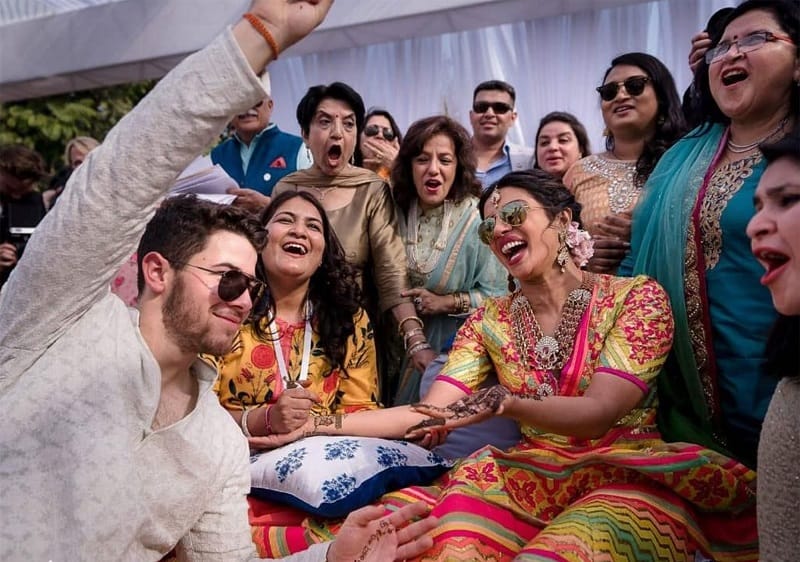
The Bride’s family either calls a mehndi artist to come to their home or a family relative to create designs for the Bride and her guests. While traditionally Indian Vedic mehndi designs were applied to the bride, nowadays bride call inspiration from Indo-Arabic and Arabic mehndi designs to adorn their hands and feet. After applying the mehndi, the bride must wait for the henna to stain her hands and feet to create lasting designs. It is commonly believed among Indian tradition that the darker the color of the bride’s mehndi, the more her husband will love her.
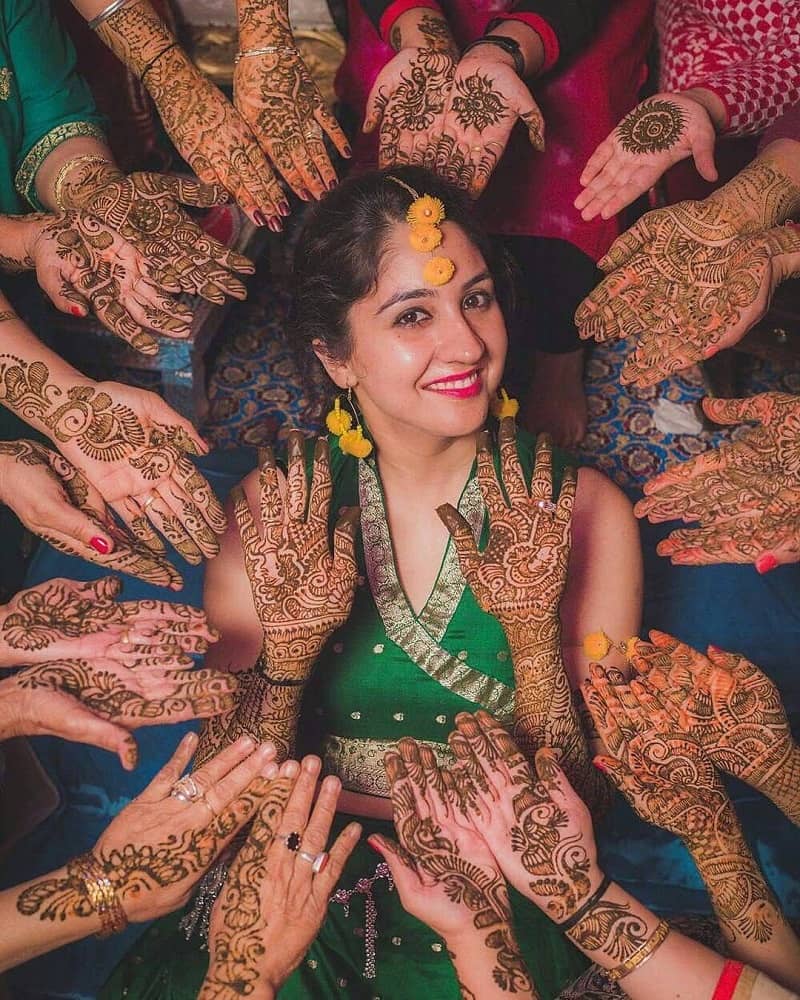
Mehndi medicinal properties
Mehndi, otherwise known as henna, is a paste associated with positive spirits and good luck. Indian wedding tradition calls for a mehndi ceremony before the wedding as a way of wishing the bride good health and prosperity as she makes her journey onto the marriage. The core significance of applying mehndi is to utilize its natural medicinal herbal remedies, cooling the body and relieving the Bride of any stress before the big day. Hennna is applied to both the hands and feet as a means of cooling the nerve-endings of the body, preventing the nerves from tensing up.
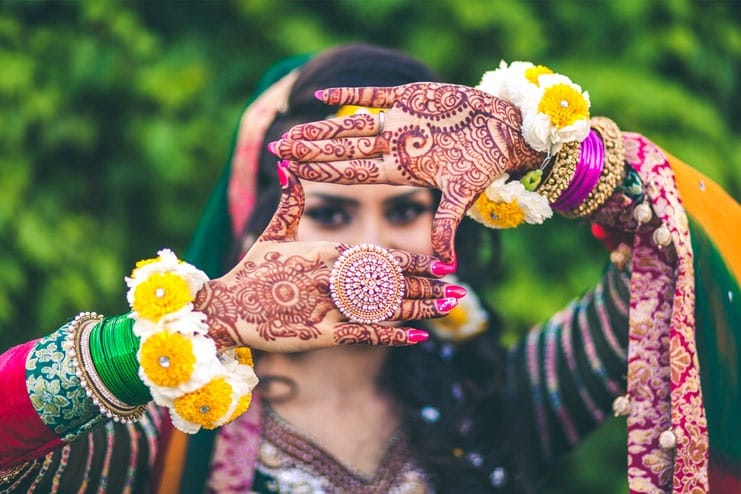
Also read: 25 Simple Mehndi Designs For Your Special Day
ADVERTISEMENT











